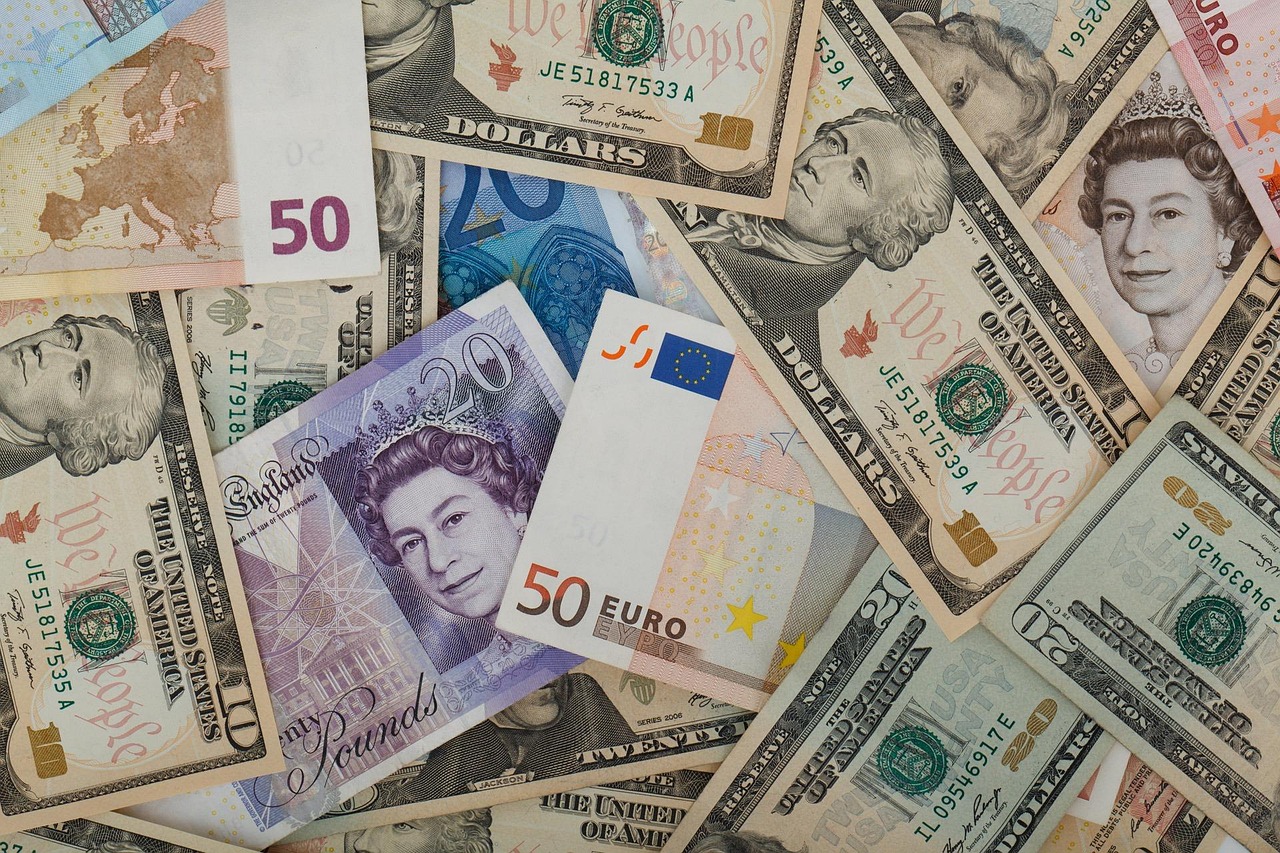The U.S. dollar rose slightly on Wednesday as markets remained uncertain about President Donald Trump's tariff plans. Trump hinted at a 10% tariff on Chinese imports starting Feb. 1, alongside potential 25% levies on goods from Mexico and Canada, as well as duties on European imports, but specifics remain unclear.
Following his inauguration, the dollar slid 1.2% against a basket of major currencies but stabilized Tuesday after U.S. officials suggested tariffs would be implemented cautiously. The dollar index held steady at 108.14, with the dollar gaining 0.23% to 155.87 yen. Meanwhile, the euro dipped 0.17% to $1.0410, and sterling fell 0.13% to $1.2343.
Analyst Tony Sycamore noted Trump's measured approach might mitigate inflation risks and potential Federal Reserve rate hikes. Markets currently anticipate a quarter-point Fed rate cut by July, with another reduction by year-end seen as a possibility.
The Canadian dollar slipped 0.1% to C$1.4337, affected by a recent inflation slowdown. The Mexican peso weakened 0.15% to 20.6430 per dollar, while China’s yuan eased 0.24% to 7.2865 in offshore trading after reaching a one-month high on Tuesday.
RBC Capital Markets' Alvin Tan remarked that a 10% tariff on Chinese imports is far below Trump’s campaign rhetoric, suggesting a strategy geared toward negotiations rather than aggressive protectionism, which could weigh on the dollar.
The New Zealand dollar dropped 0.42% to $0.5655 as fourth-quarter inflation stayed within the Reserve Bank’s target range. Markets expect a potential rate cut in February. The Australian dollar fell 0.24% to $0.6258, with rate normalization and easing inflation undermining both currencies.
Analysts believe cautious trade policies and inflation dynamics could influence further dollar movements.



 Austan Goolsbee Signals Potential for More Fed Rate Cuts as Inflation Shows Improvement
Austan Goolsbee Signals Potential for More Fed Rate Cuts as Inflation Shows Improvement  Canada Signals Delay in US Tariff Deal as Talks Shift to USMCA Review
Canada Signals Delay in US Tariff Deal as Talks Shift to USMCA Review  EU Delays Mercosur Free Trade Agreement Signing Amid Ukraine War Funding Talks
EU Delays Mercosur Free Trade Agreement Signing Amid Ukraine War Funding Talks  Oil Prices Climb on Venezuela Blockade, Russia Sanctions Fears, and Supply Risks
Oil Prices Climb on Venezuela Blockade, Russia Sanctions Fears, and Supply Risks  Asian Fund Managers Turn More Optimistic on Growth but Curb Equity Return Expectations: BofA Survey
Asian Fund Managers Turn More Optimistic on Growth but Curb Equity Return Expectations: BofA Survey  Silver Prices Hit Record High as Safe-Haven Demand Surges Amid U.S. Economic Uncertainty
Silver Prices Hit Record High as Safe-Haven Demand Surges Amid U.S. Economic Uncertainty  Japan Inflation Holds Firm in November as BOJ Nears Key Rate Hike Decision
Japan Inflation Holds Firm in November as BOJ Nears Key Rate Hike Decision  Trump Orders Blockade of Sanctioned Oil Tankers, Raising Venezuela Tensions and Oil Prices
Trump Orders Blockade of Sanctioned Oil Tankers, Raising Venezuela Tensions and Oil Prices  Asian Currencies Slip as Dollar Strengthens; Indian Rupee Rebounds on Intervention Hopes
Asian Currencies Slip as Dollar Strengthens; Indian Rupee Rebounds on Intervention Hopes  BOJ Poised for Historic Rate Hike as Japan Signals Shift Toward Monetary Normalization
BOJ Poised for Historic Rate Hike as Japan Signals Shift Toward Monetary Normalization  U.S. Dollar Steadies Near October Lows as Rate Cut Expectations Keep Markets on Edge
U.S. Dollar Steadies Near October Lows as Rate Cut Expectations Keep Markets on Edge  Precious Metals Rally as Silver and Platinum Outperform on Rate Cut Bets
Precious Metals Rally as Silver and Platinum Outperform on Rate Cut Bets  Oil Prices Steady in Asia but Headed for Weekly Loss on Supply Glut Concerns
Oil Prices Steady in Asia but Headed for Weekly Loss on Supply Glut Concerns  U.S. Stock Futures Slip After CPI-Fueled Rally as Markets Weigh Economic Uncertainty
U.S. Stock Futures Slip After CPI-Fueled Rally as Markets Weigh Economic Uncertainty  Gold and Silver Surge as Safe Haven Demand Rises on U.S. Economic Uncertainty
Gold and Silver Surge as Safe Haven Demand Rises on U.S. Economic Uncertainty  Yen Near Lows as Markets Await Bank of Japan Rate Decision, Euro Slips After ECB Signals Caution
Yen Near Lows as Markets Await Bank of Japan Rate Decision, Euro Slips After ECB Signals Caution  BoE Set to Cut Rates as UK Inflation Slows, but Further Easing Likely Limited
BoE Set to Cut Rates as UK Inflation Slows, but Further Easing Likely Limited 































